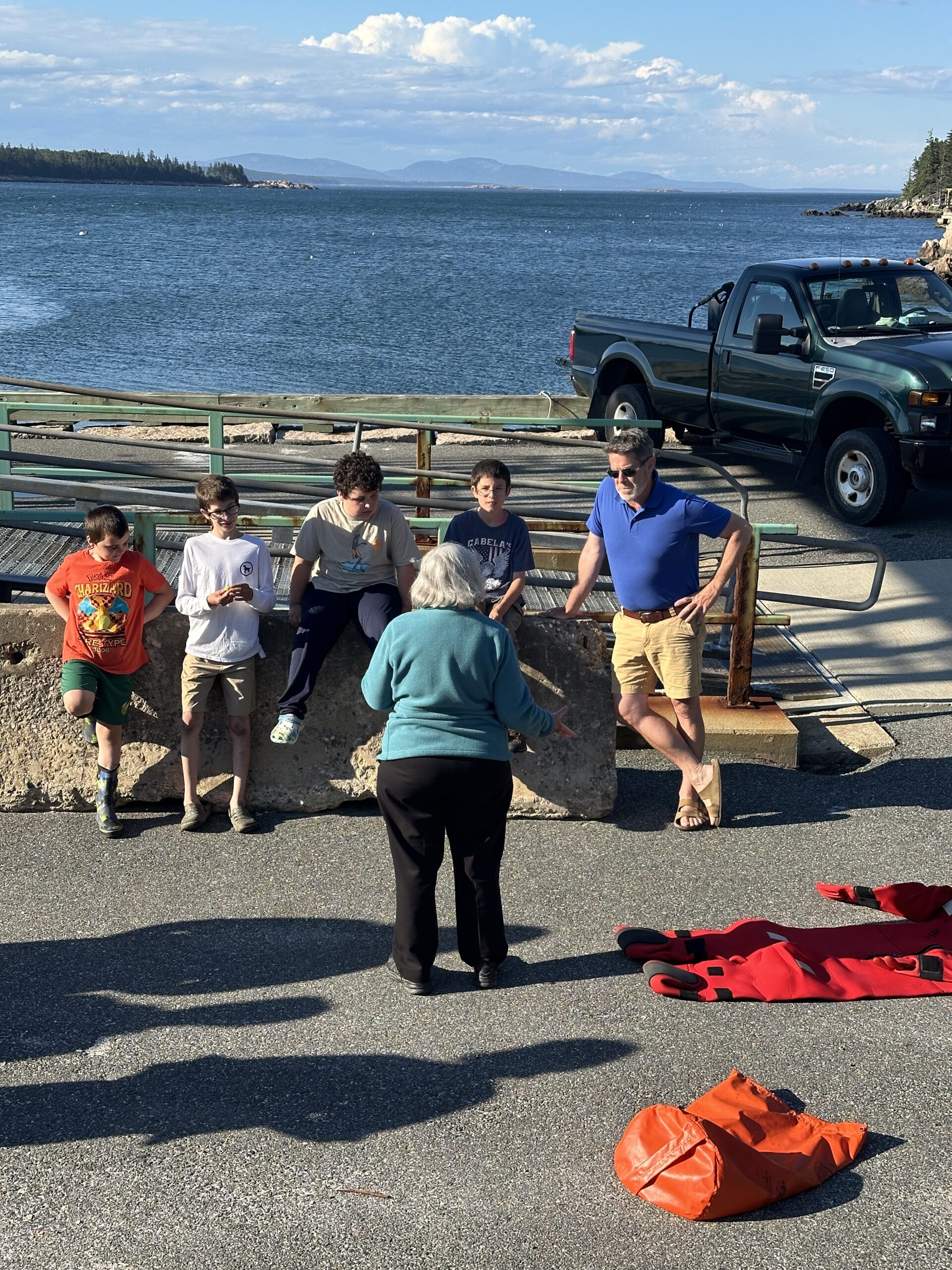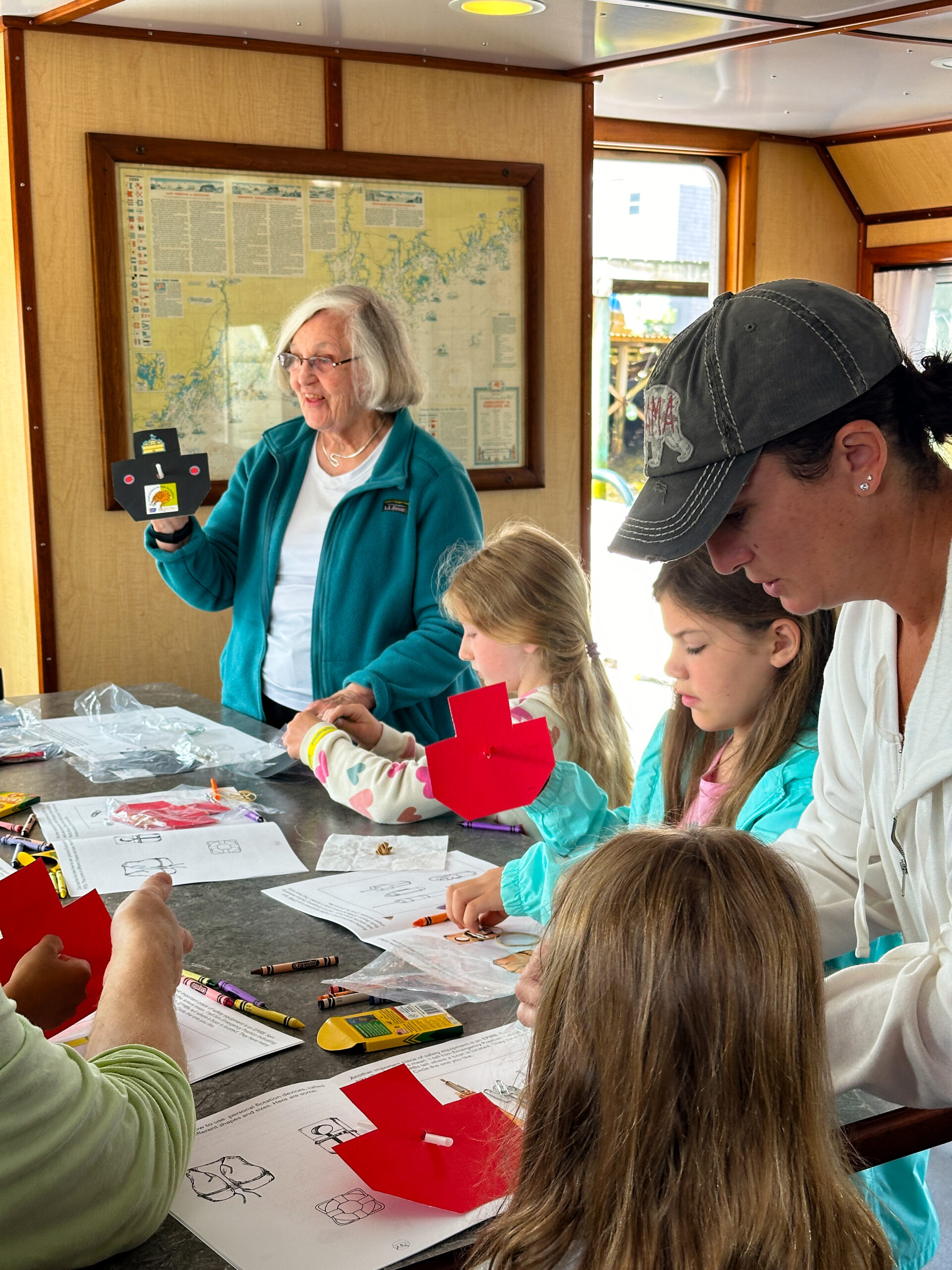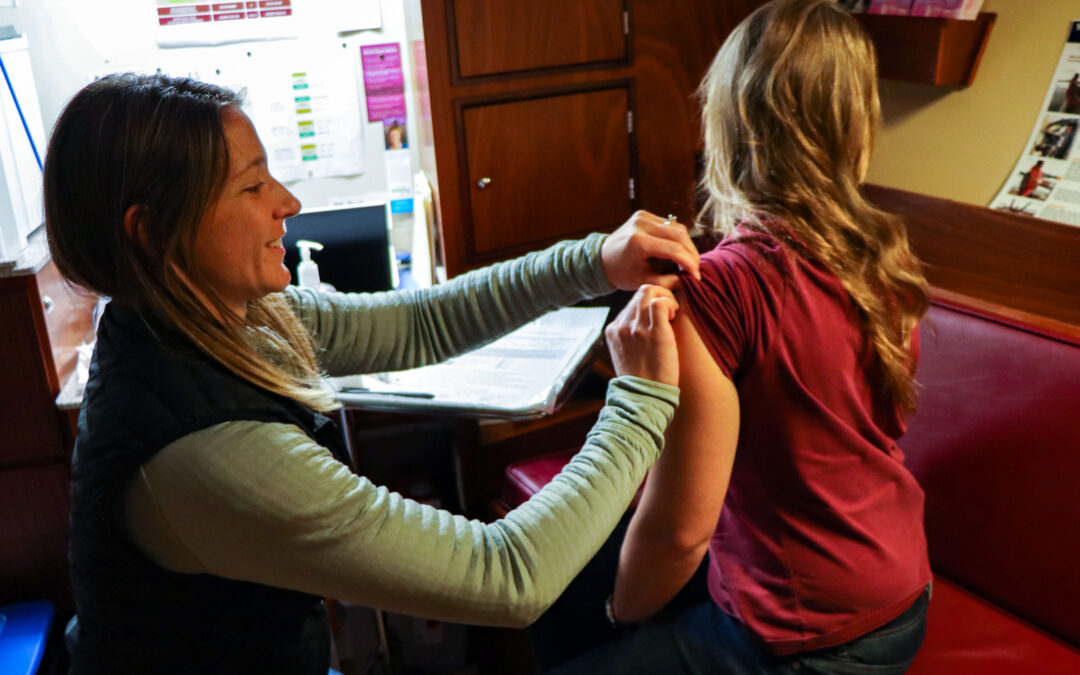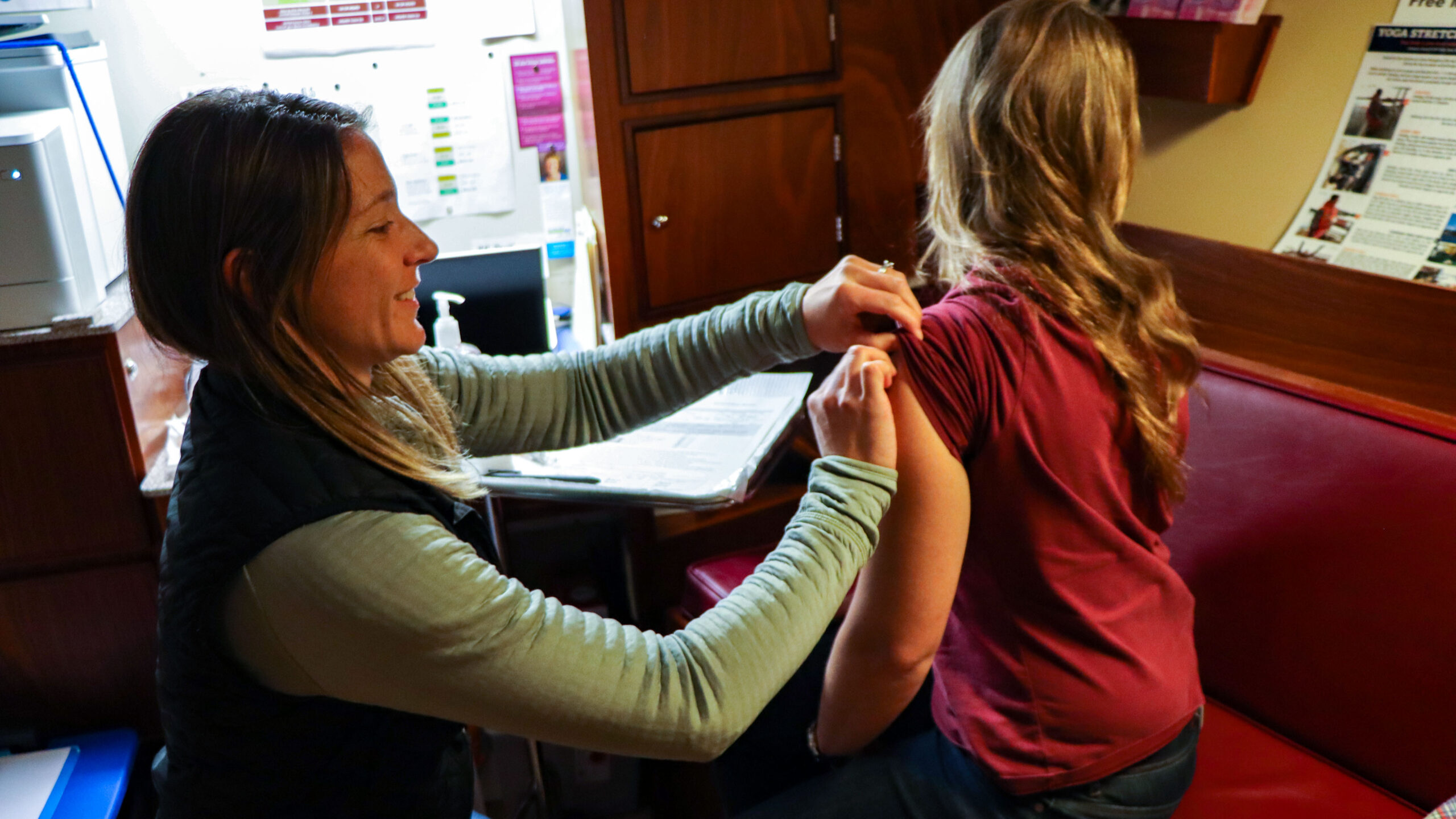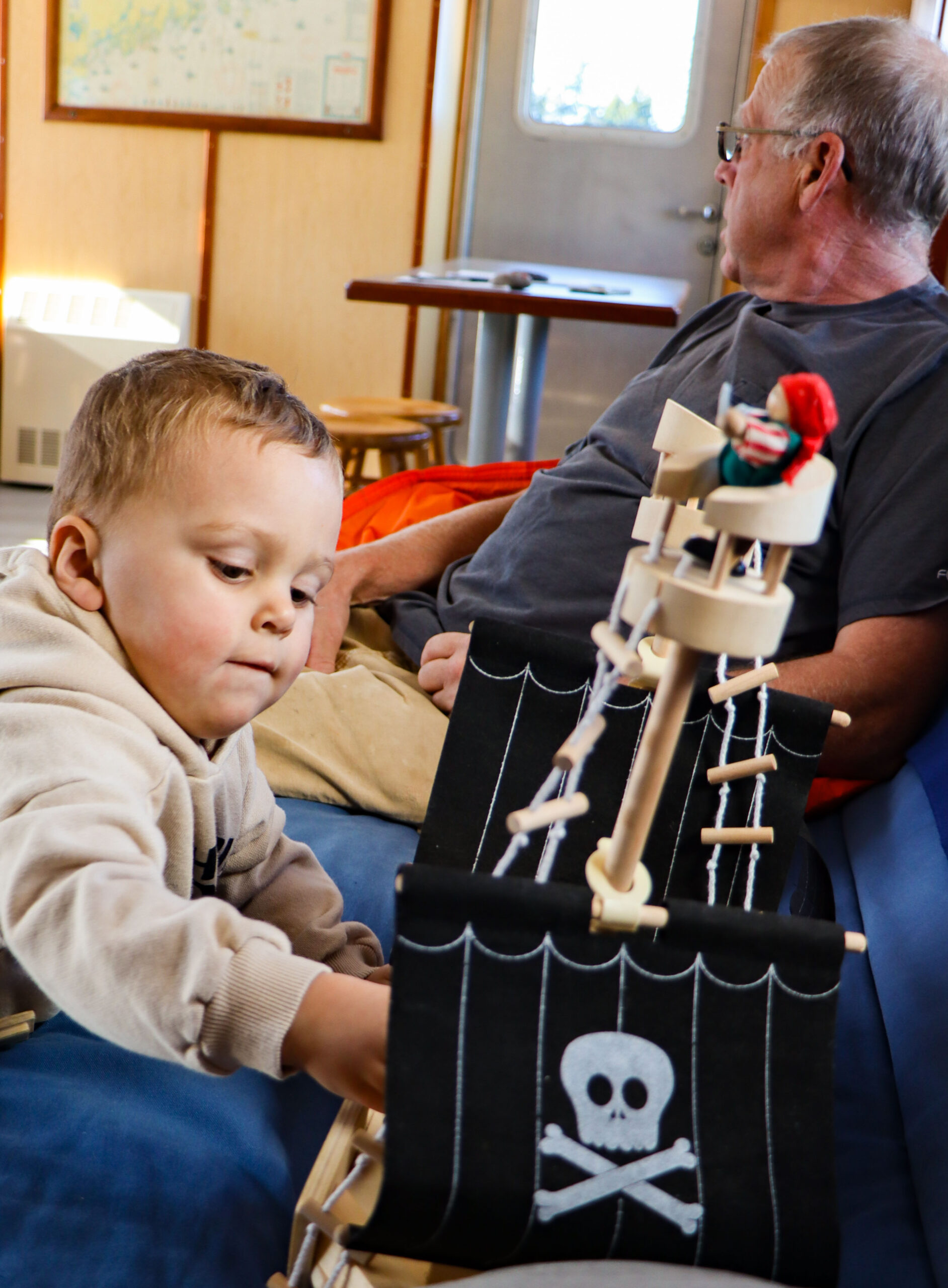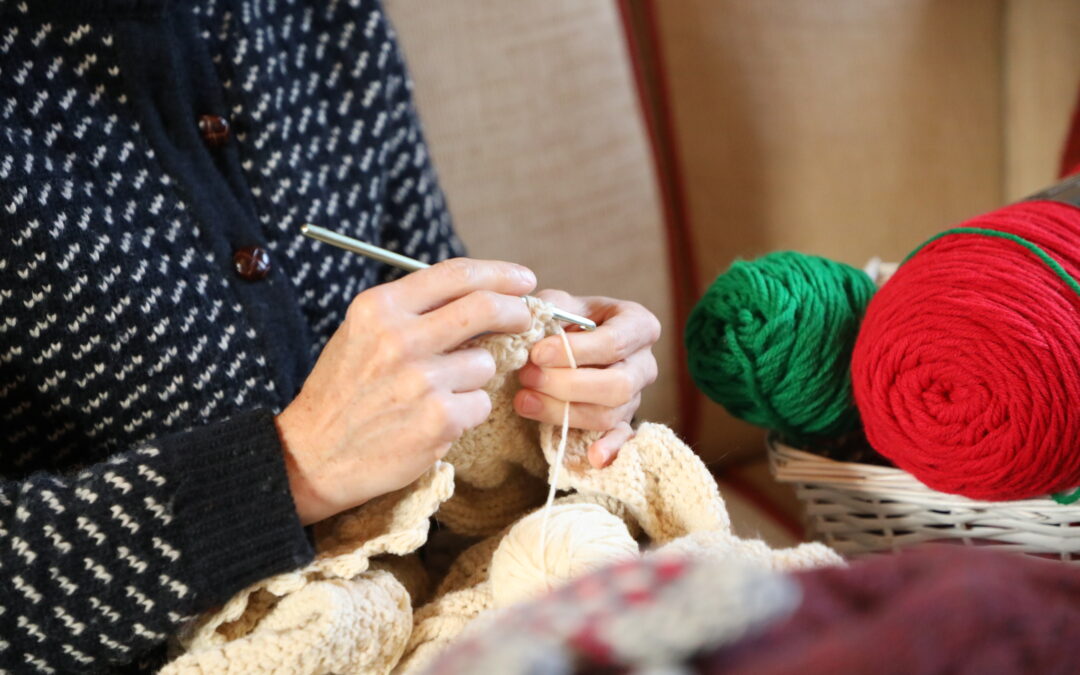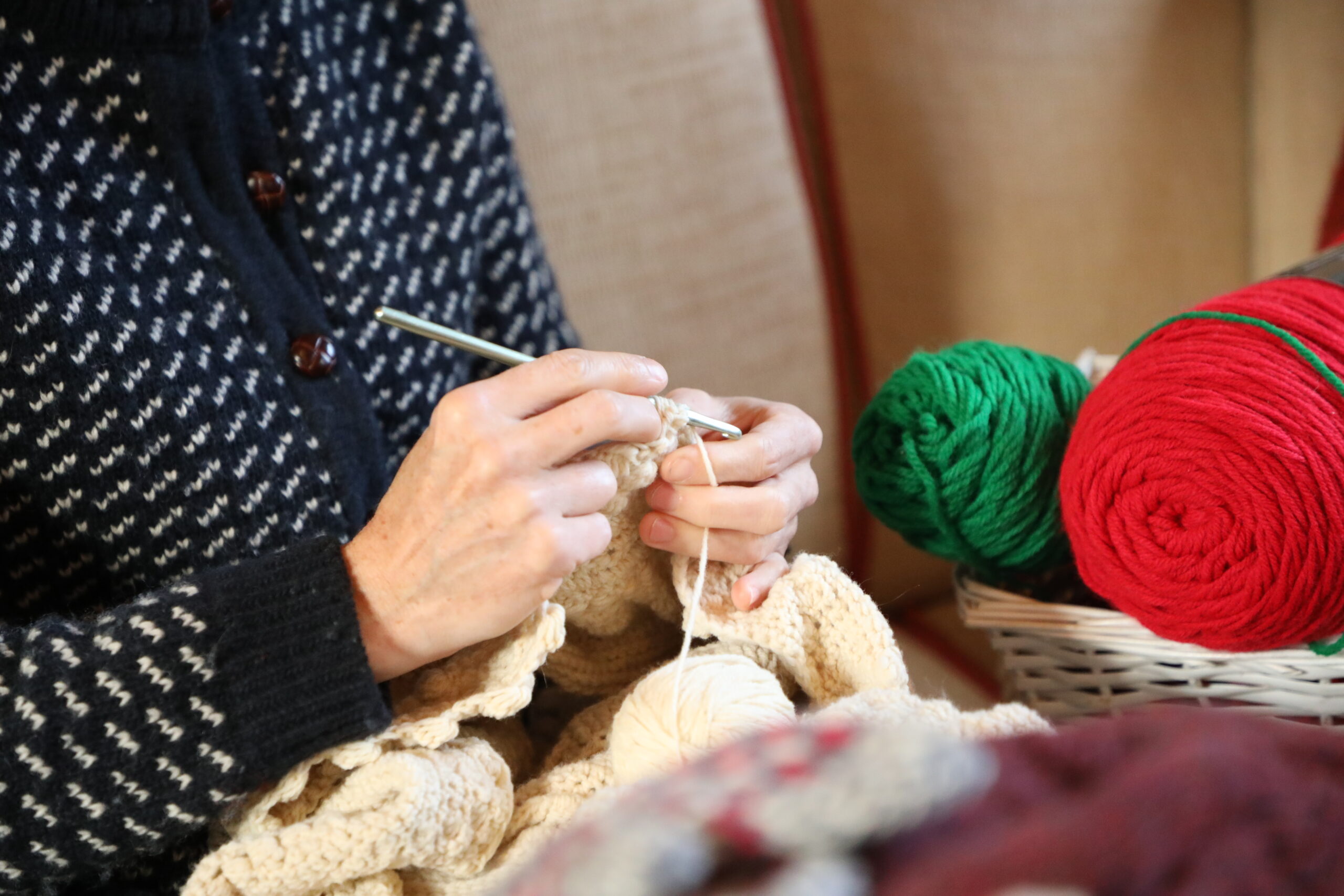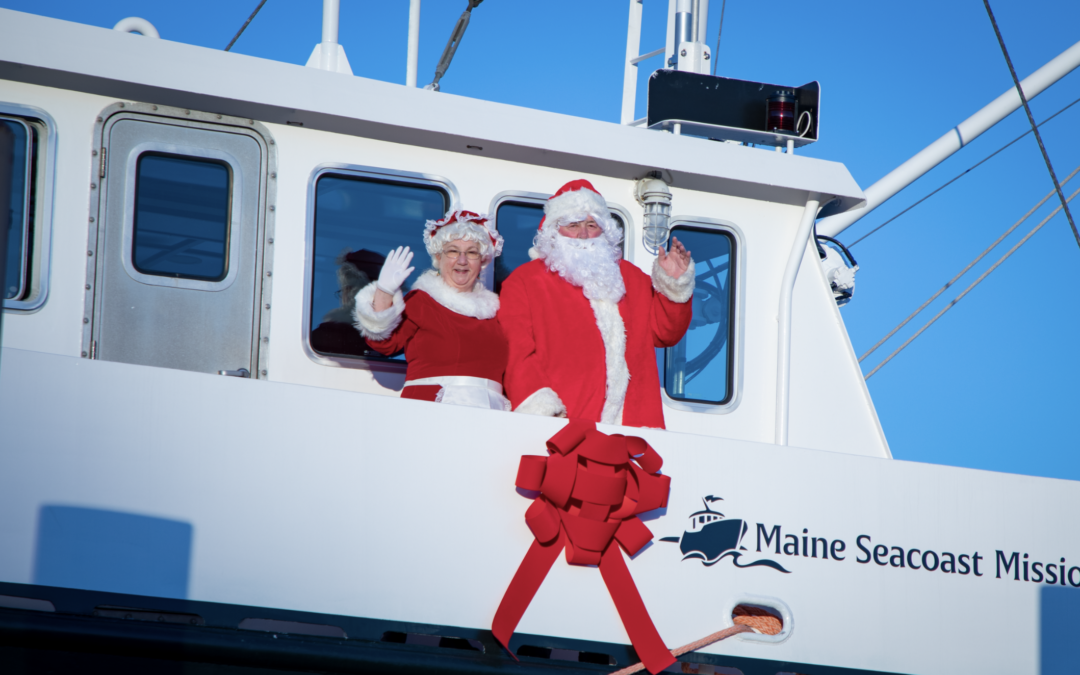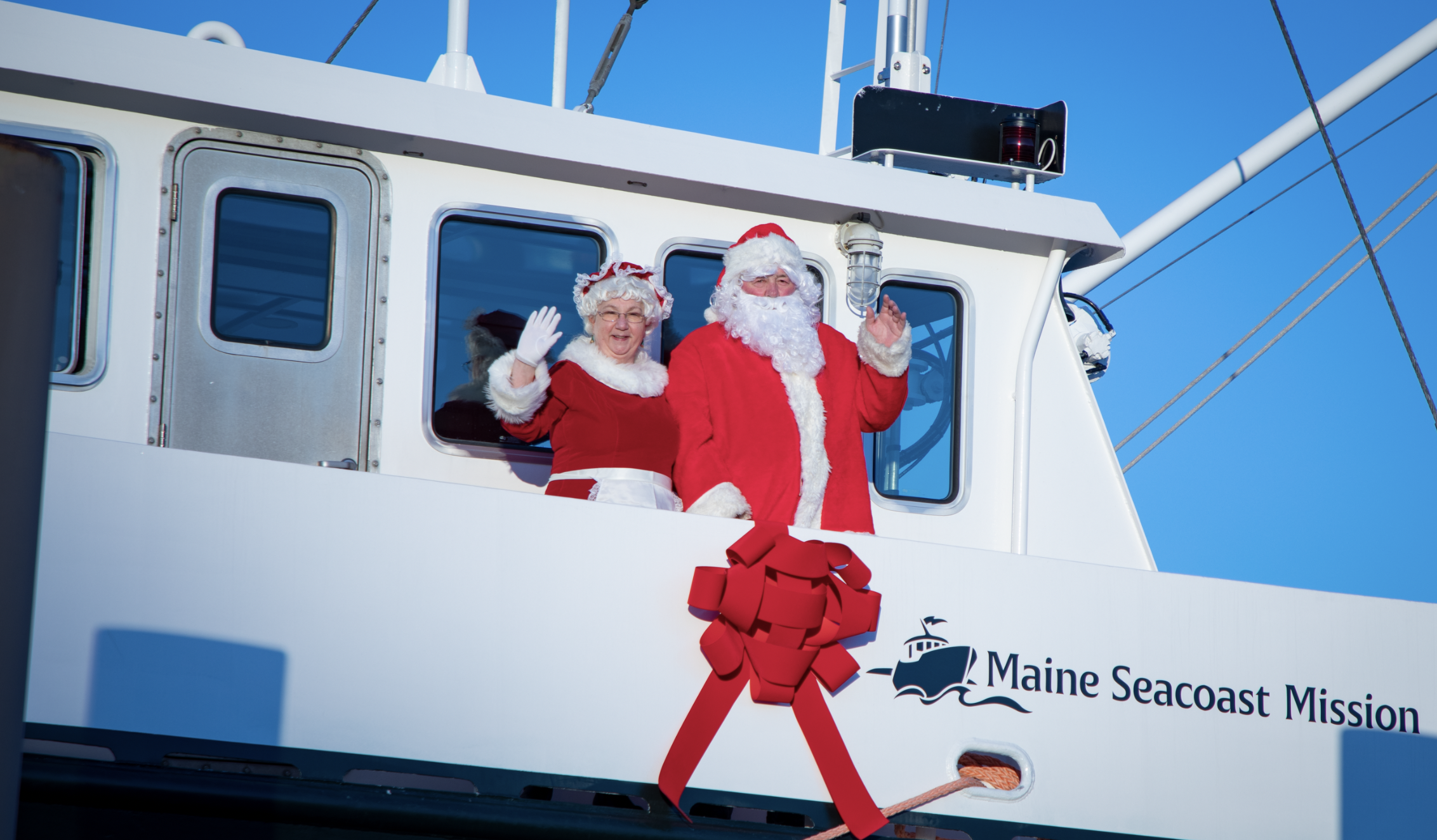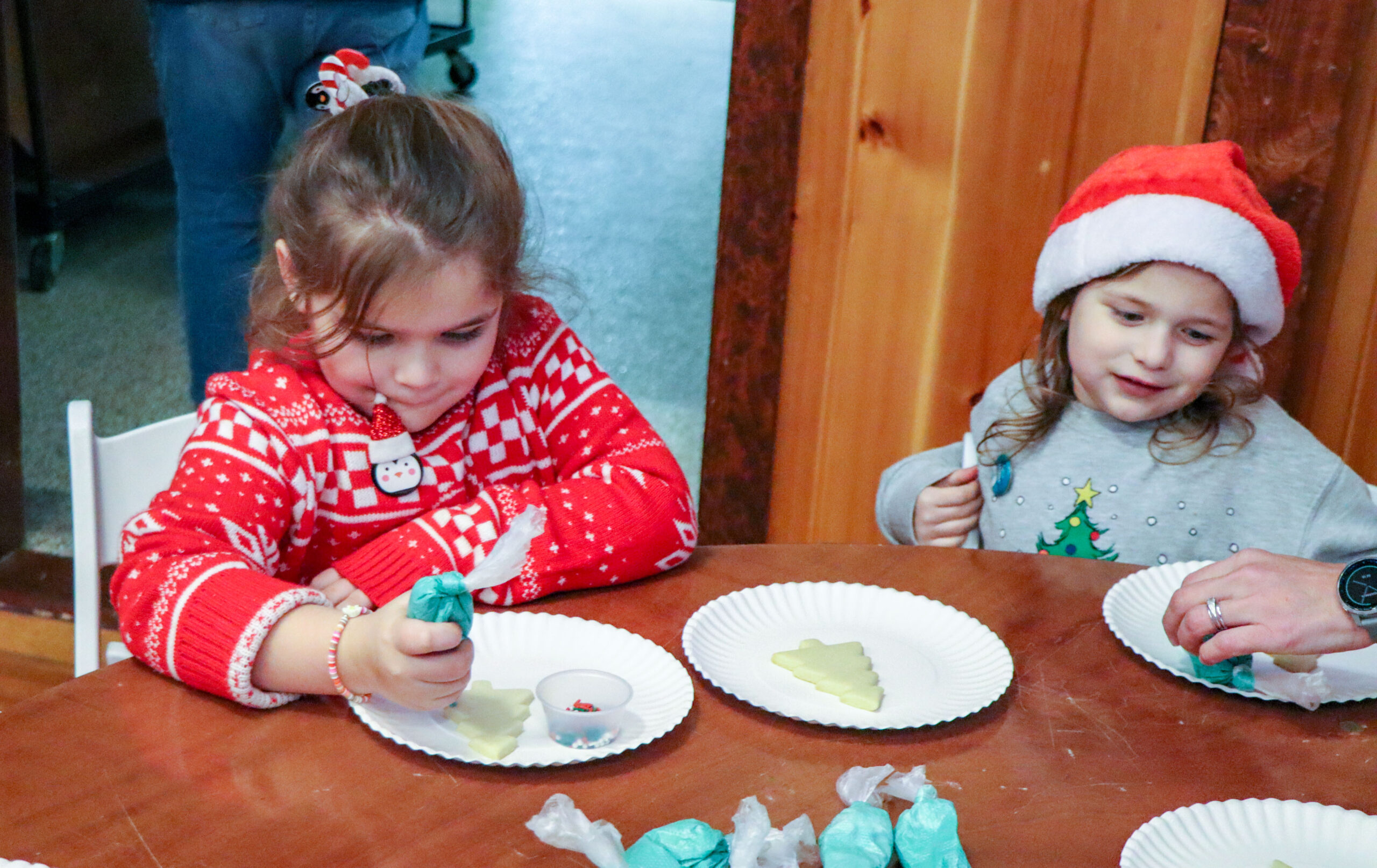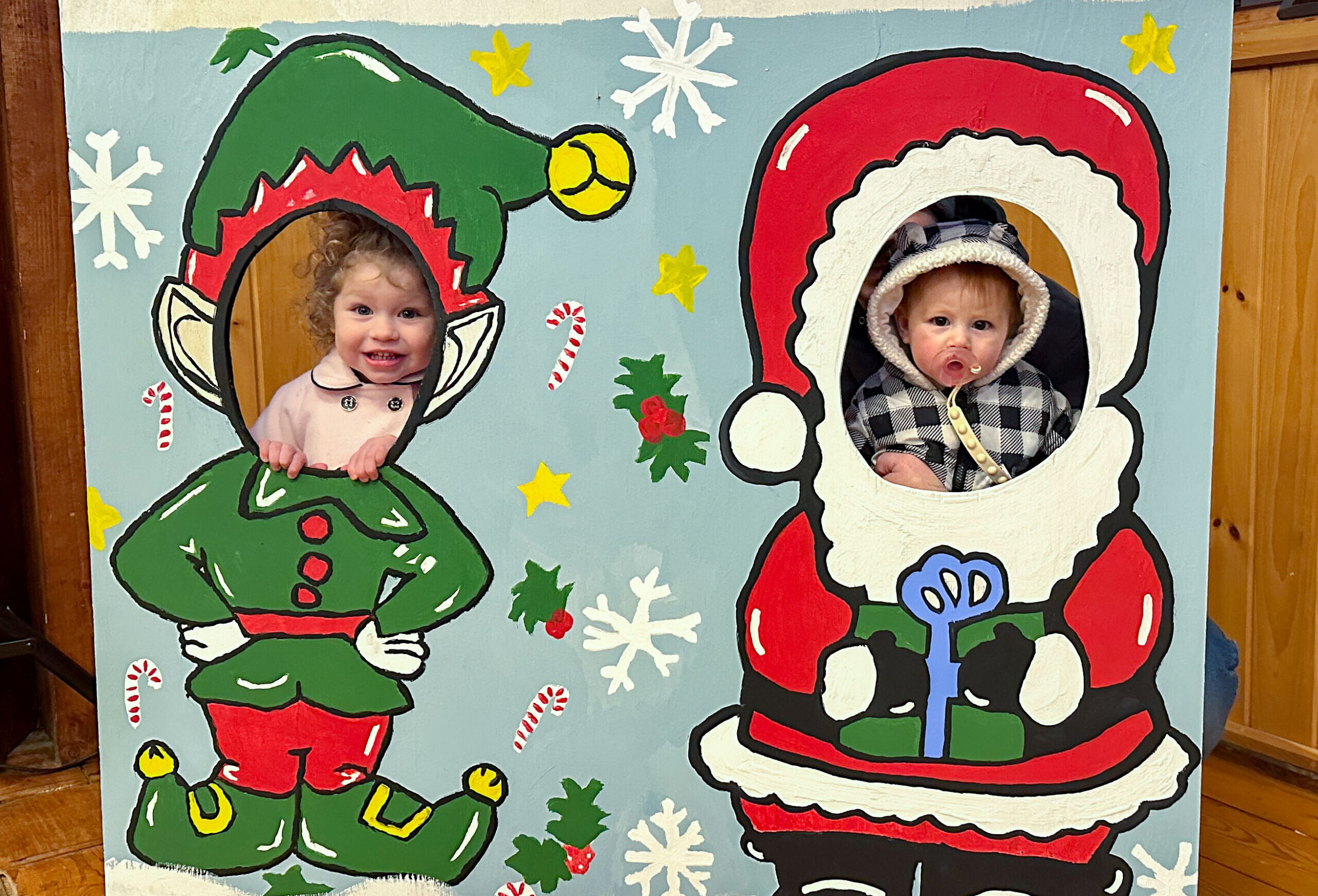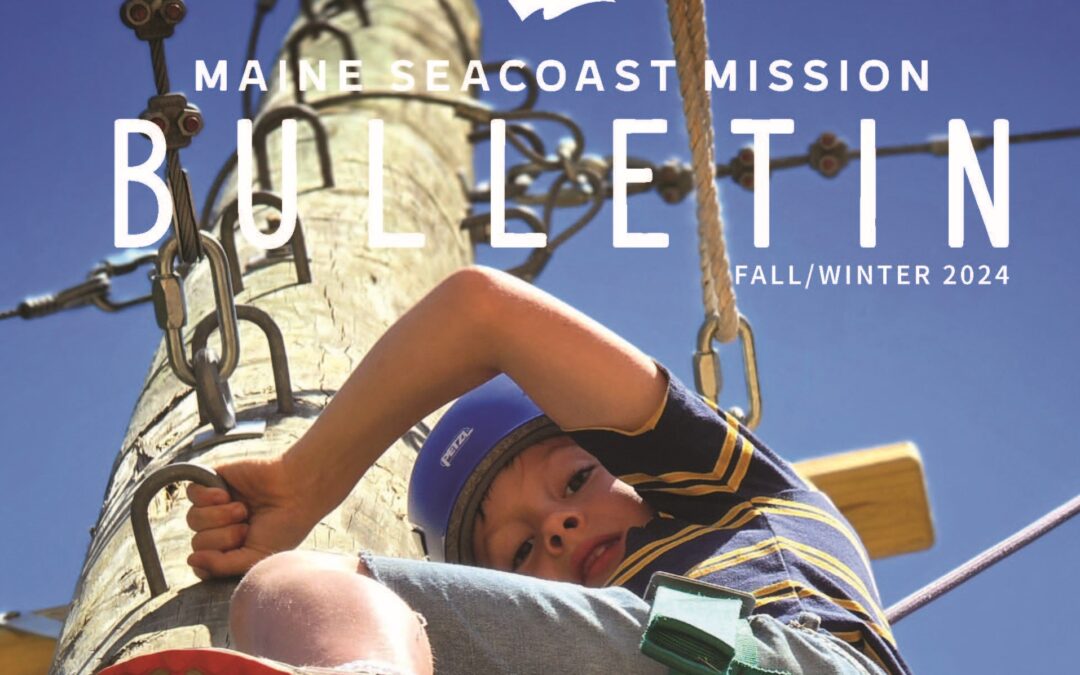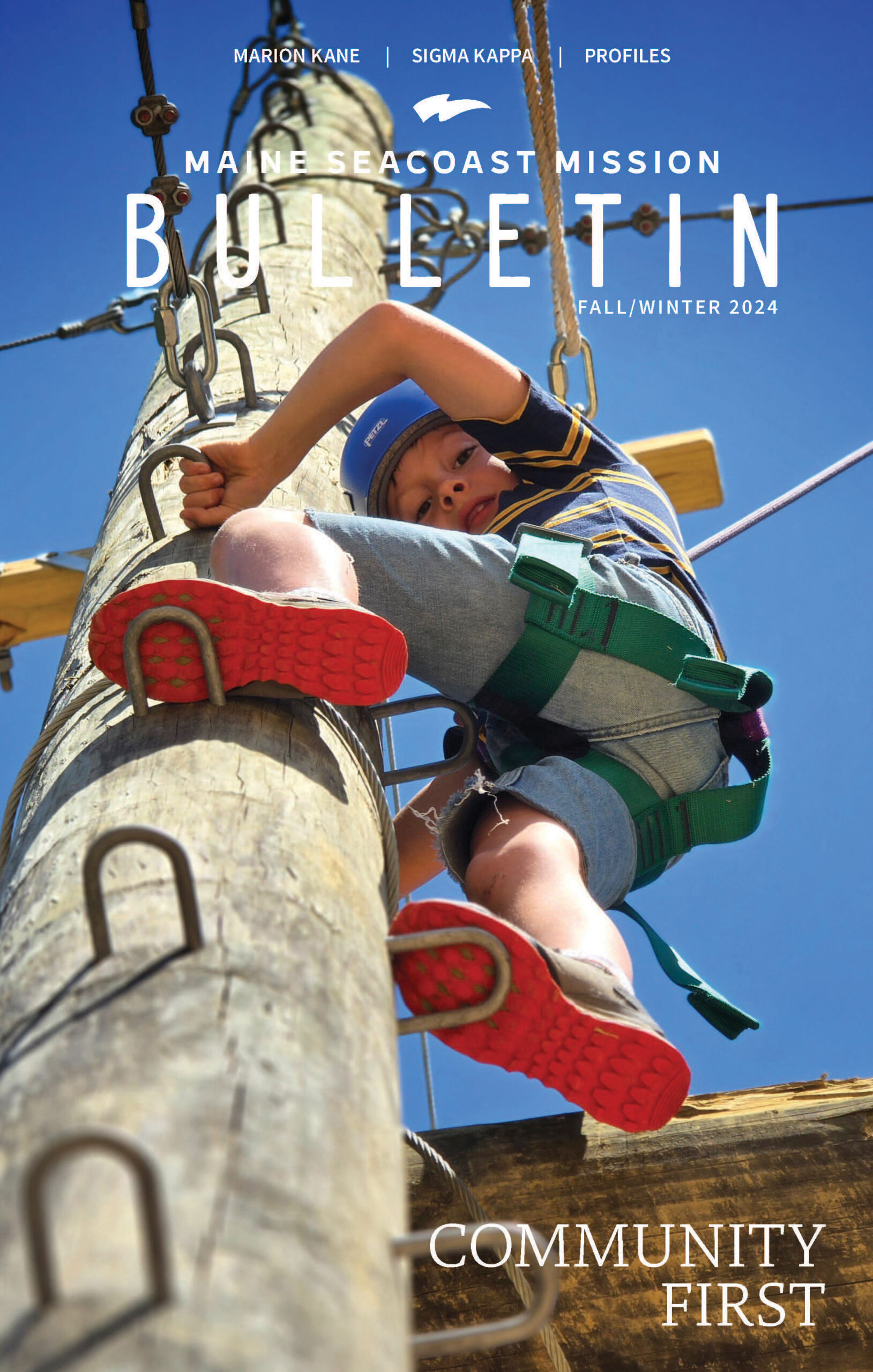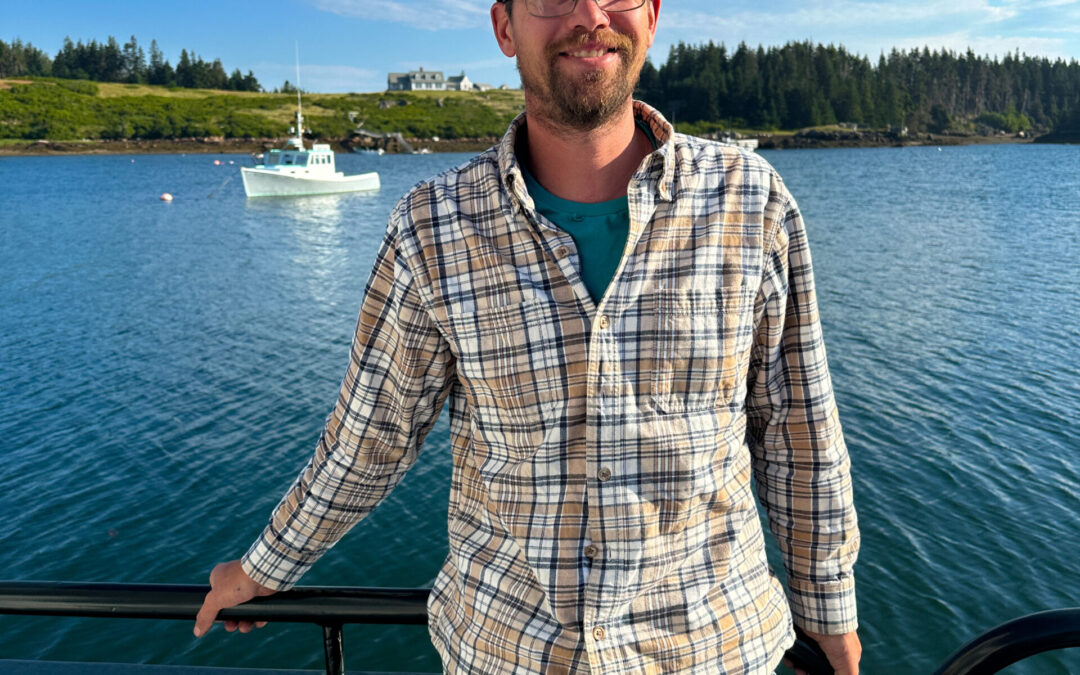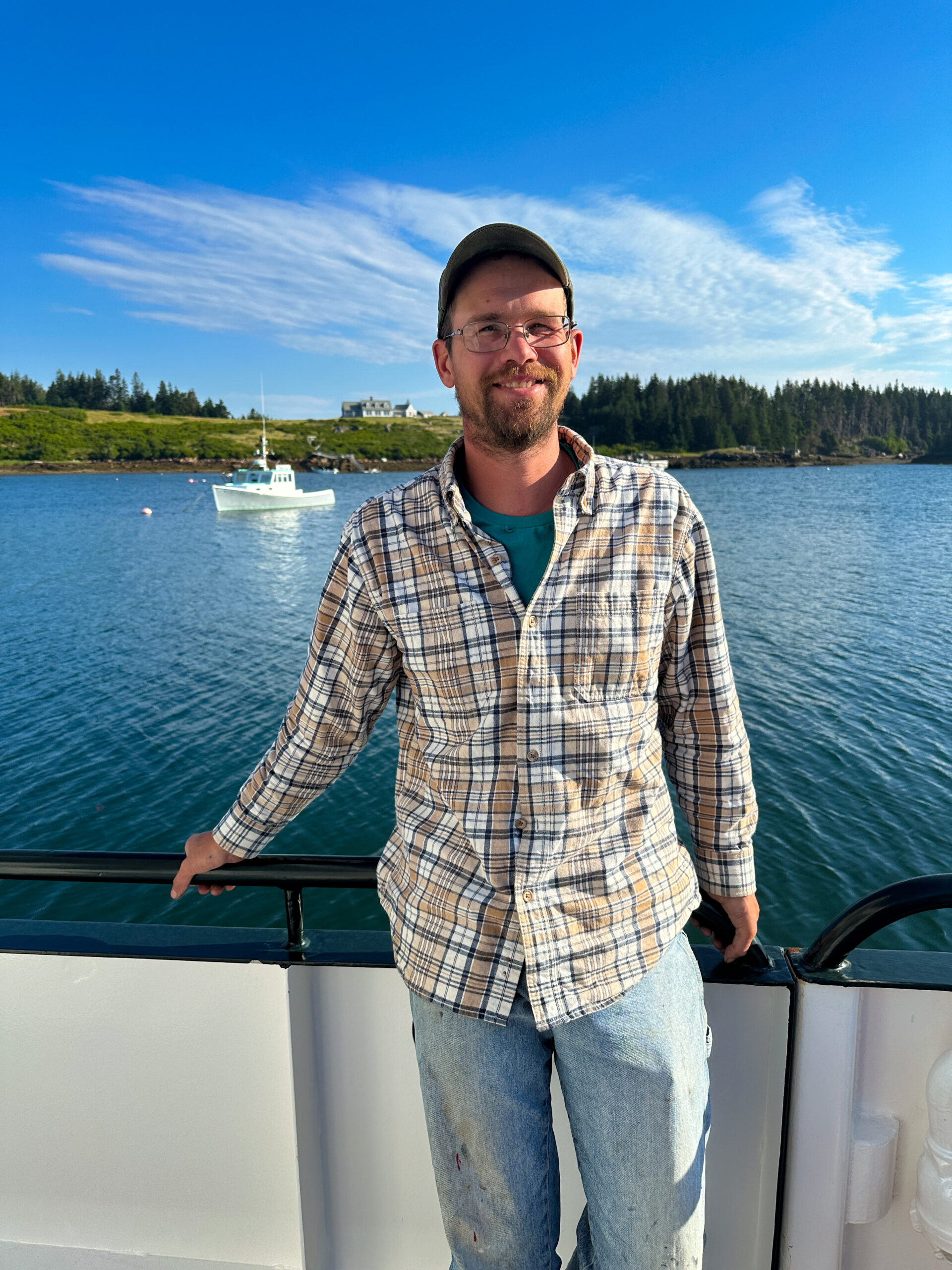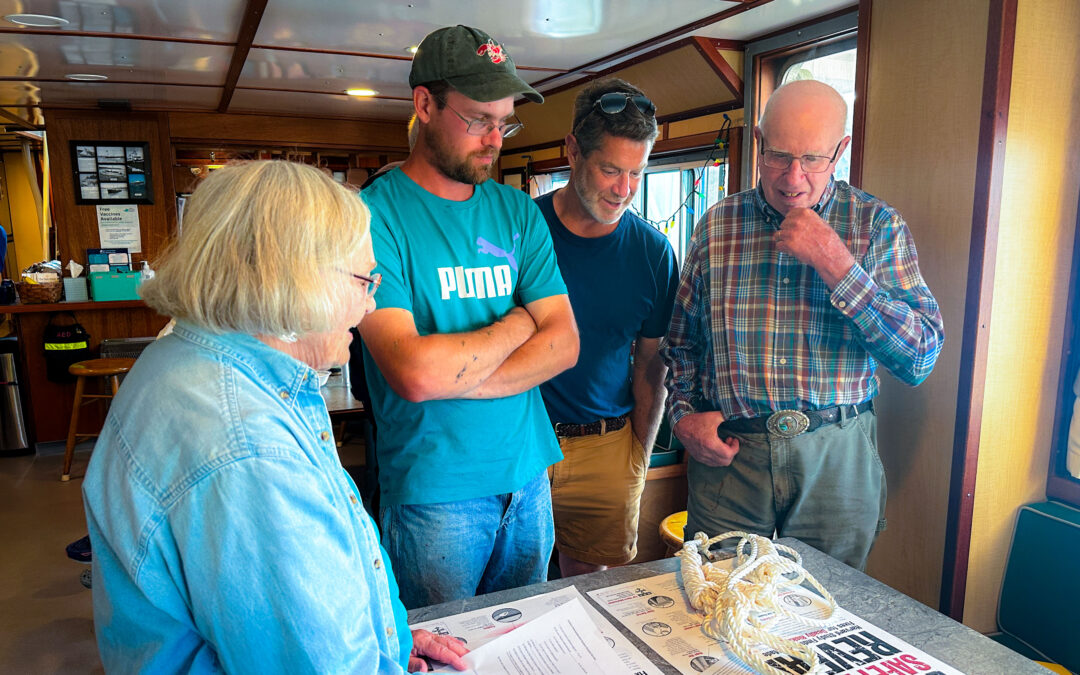
Partner Profile: Harvard Chan School of Public Health
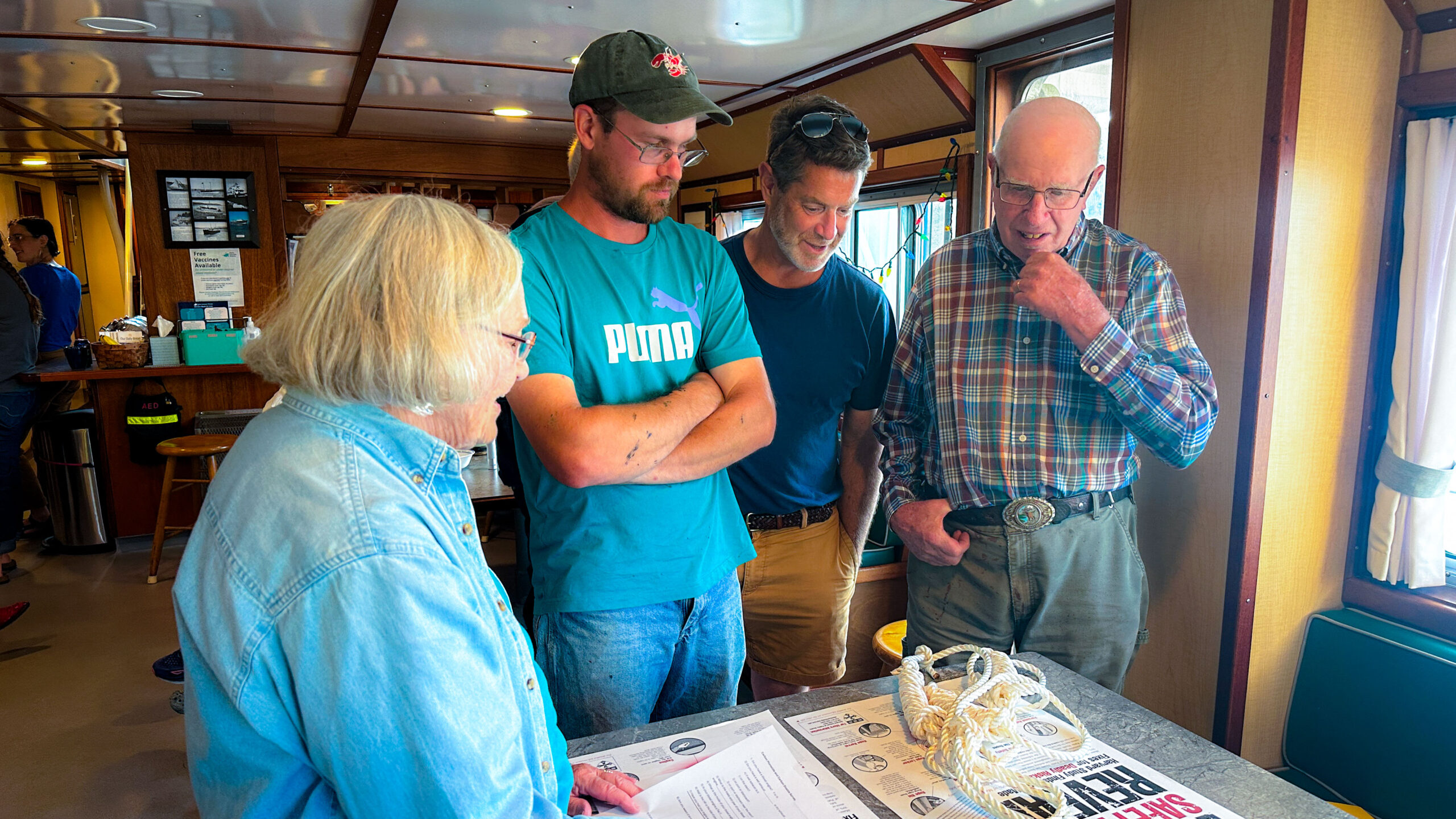
Every year, the Mission partners with organizations across Maine and beyond to provide services, education, and more to communities Downeast and on Maine Islands. For the past few years, Ann Backus has joined the Sunbeam crew to outer islands to provide outreach to fisherman. We interviewed her on a trip to Matinicus, Isle au Haut, and Frenchboro.
What is your name? What organization do you represent?
My name is Ann Backus and I work for the Harvard T.H. Chan School of Public Health. I work in occupational safety and health and environmental health, all of that is under the Department of Environmental Health. I am funded by the National Institute for Occupational Safety and Health and the National Institute for Environmental Health Sciences.
Your gift to the Maine Seacoast Mission makes you part of all we do.
What program or project are you collaborating on with the Mission?
I’m collaborating with the Mission on trying to inform fishermen about the safety risks of fishing. We also get their ideas about what are emerging issues for them and how we could work on those issues for them. We pride ourselves on being bidirectional and trying to get a sense of what the community needs.
Who does it serve? Tell me about the people who will benefit?
We work with both children and fisherman. For children, we had coloring books that are put out by the Shaw Fund, and I share those with the communities I visit. I also have a stability exercise with a card stock boat, where students add paper clips or rubber bands above or below the center of gravity and they see if they can balance the boat. Then we talk about the real-life implications of that.
For adults, I focused on a number of different things. One thing I was interested in was talking about carbon monoxide emissions from the boats. We discussed whether they have a dry exhaust or a wet exhaust and the difference. There is a back draft concept, that if you have a wet exhaust, the carbon monoxide from the emissions can circle back onto the boat and get caught under the overhead. If people are working at the stern of the boat, they might get a headache or feel a little woozy. And if that’s the case, they should stop the boat and get some fresh air before they continue.
What drives you to do the work you do?
One thing I am driven by is a type of equity, because rural populations just don’t get the same information that the big cities or big ports do, or even fishermen that have more access to professional organizations like the Maine Lobstermen’s Association.
What do you hope to accomplish?
I hope this visit brings the fisherman some idea about the importance of thinking about safety around their work and how to keep themselves both healthy and safe on the boat. I hope to reinvigorate their thinking around safety and bring what we call in the in the business, the safety culture.
What has been a memorable moment of the trip?
I think seeing the kids get excited about ideas in the realm of safety and having them realize that they do have a vocabulary and if they didn’t before they do now. The other fun thing was seeing how these communities came together.
